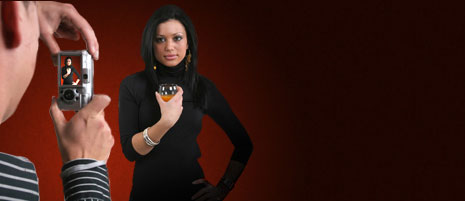Digital Photography
Digital photography is different from conventional photography in that the image is captured on a memory card, instead of a gel surface like film. With a digital camera, film does not need to be “developed”. The image is actually captured with sensors, so that the picture can be seen immediately on a LCD screen on the camera. The photographer can then choose to accept the image, and save it to the memory card, or reject the image, and free up space. Pictures that are saved can be uploaded to a computer, and printed on special photo paper from a printer.
Digital photographer also eliminates most of the waiting. This is especially helpful for professional photographers, who can now show their client images almost immediately, allowing for a faster turnover time, and freeing more time for more shoots.
If you're going to be using a digital camera for your photography, it's wise to invest in the proper home equipment to allow for viewing your photos and printing them. Most cameras come with software that enables the photographer to edit the shots to make them more desirable.
The images captured by digital cameras are created from pixels - microscopic dots that compose the exact image from the content of which they were created. Before digital photography was the phenomenon it was today, it served a greater purpose far beforehand. Astronomers were using digital photography in the 80's to retrieve information on planets and space. The pixels used in the digital photography to capture these types of images were well into the billions - and it was on this premise that the word “megapixel” came to be - or, 1 million pixels. Nowadays, to print a standard picture you might take on your home digital camera, the image must be at least 2 megapixels to be able to print in the quality you might expect from the conventional photography method.

